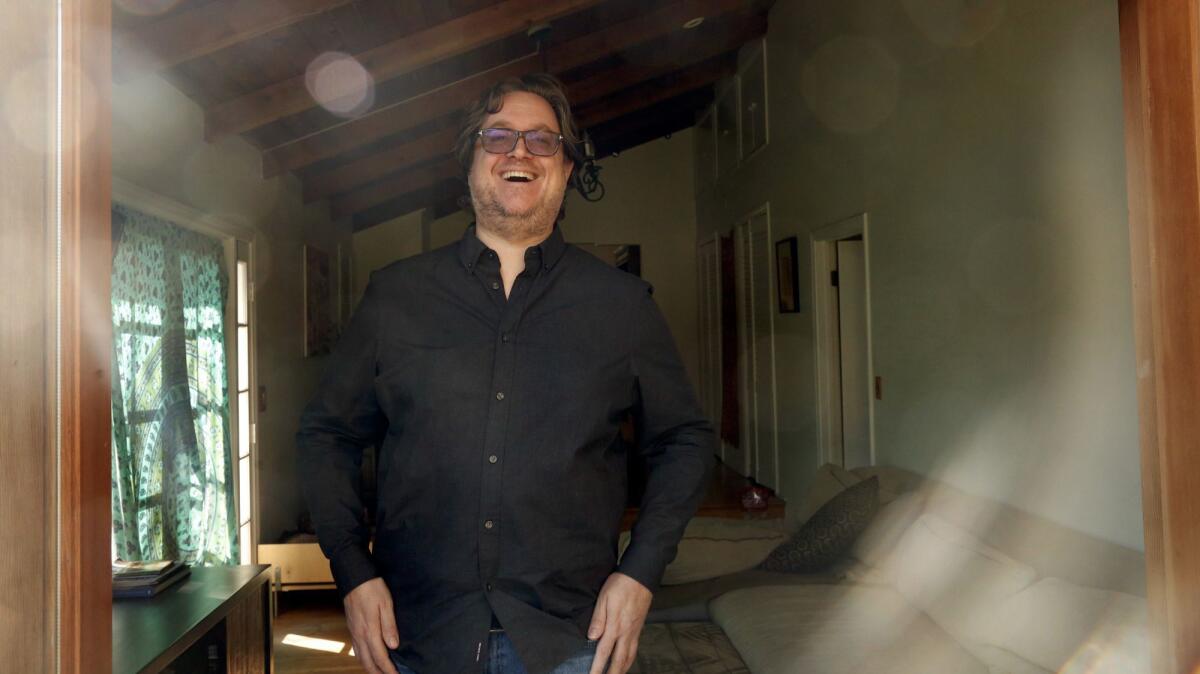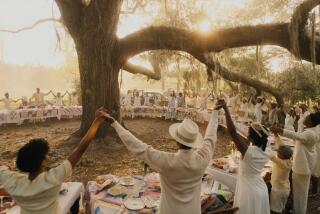On Writing ‘Queen of Katwe’: Finding triumph in an organic story of Africa, poverty and chess

In summer of 2013, I received a call from Disney executive Tendo Nagenda and my friend and collaborator director Mira Nair. They wanted to share with me an article written by Tim Crothers about a young girl from Katwe, a slum on the outskirts of Kampala, Uganda, who through the support of the director of a sports ministry program discovers a talent for the game of chess. I was intrigued for many reasons.
I’d been interested in chess all my life. I went to college at New York University and lived in a dormitory 100 yards from Washington Square Park. Our favored activity then was to gather around tables in the park to watch master speed players (such as Vinnie Livermore, the inspiration for Laurence Fishburne’s character in “Searching for Bobby Fischer”) trade chess acolytes a few dollars for the right to be quickly dispatched. The click of the pieces as they touched — the way a good player’s hand gently wiggled a piece like a cocked pistol — I loved the aesthetics of the game. Chess was symmetrical, elegant and mysterious. Strategies to win in chess translated easily into strategies for success in other contexts.

Watch the trailer for Disney’s “Queen of Katwe.”
Through Tim’s account, I learned about the incredible journey of Phiona Mutesi. The scale of tragedy Phiona faced as a young girl was staggering. Growing up in Katwe, Phiona and her family lived in a series of one-room shacks with no running water or electricity. The children did not have the fees for school (Uganda has an unforgiving cash economy with few public services) and were forced to sell corn on the street to survive.
She and her siblings rarely ate more than one small meal a day. Disease, eviction and starvation were never far from mind. Phiona had already lost her father to HIV/AIDS and her younger sister to illness at the time she first met her mentor, Robert Katende. Their matter-of-fact approach to problem-solving these circumstances was deeply inspiring.
The daily concerns of this 10-year-old girl were almost unfathomable to me. I worried they were possibly too unfathomable for me to fashion a successful screenplay about her experiences. In the beginning, I was forced to trust my collaborators’ opinion that I was the right person to write this story. The empathic leap initially seemed too far to accomplish.
It quickly became clear that I needed to go to Katwe to meet the subjects of the story and get a deeper sense of their daily experience. Mira invited me to visit her home in Kampala to make our initial plan for the screenplay. She was adamant, and I agreed, that the primary perspective in this story had to be Phiona’s. There would be no “white savior” in this film (the Western trope of a white character whose loving presence grandly redeems the troubled, gifted person of color), who “learns a valuable lesson” by exposure to the “foreigner.”
We didn’t want Western audiences to experience Phiona’s story from a distance; we wanted them to walk in her shoes and feel directly her hopes and fears. Although the financing was from a major studio, we viewed this as an African film — specifically a Ugandan film. Mira was insistent that the film be shot in Uganda and feature a largely Ugandan cast. Surprisingly, Disney was an ally in all these decisions. They liked the idea of the story being organic and authentic. They were interested in gently expanding the idea of what a “Disney movie” could be.
I spent time with Phiona, her brother, Brian, and the other Pioneers of the chess club. I played chess with them and visited the church where they met daily. Harriet, Phiona’s mother, took us for a tour of the different shacks she and her children had lived in briefly before being evicted. The kids were reserved and polite. Only when I asked them to describe each others’ virtues and foibles did their playful, gregarious sides start to emerge. Robert Katende shared tales from his own childhood as an orphan during wartime. I was constantly surprised.
The Africa of my imagination was a forbidding desert occupied by wild animals and guys in jeeps with machine guns. The Uganda of my experience was green, lush and mild. No guys with guns and not a giraffe in sight. The people were quick-witted and extremely hospitable. Katwe was a place that contained suffering to be sure, but it also contained community, color and music. It became essential that the movie express the prismatic fullness of Katwe. This would not be “poverty porn.”
In preparation to write other screenplays I often developed an approach to the material out of the gate, a personal take on the story that formed my battle plan. With this story, I tried to let the words and stories of the human beings who experienced it slowly penetrate, letting the structure and narrative emerge directly from them.
I felt lost often in the writing because I did not feel fully in control of the story. This led to a disorienting result. The narrative sometimes feels imperfect, but I do see in the film our truthful attempt to convey the inner experience of the people who lived the story. I’m proud of that.
See the most read stories this hour »
More to Read
From the Oscars to the Emmys.
Get the Envelope newsletter for exclusive awards season coverage, behind-the-scenes stories from the Envelope podcast and columnist Glenn Whipp’s must-read analysis.
You may occasionally receive promotional content from the Los Angeles Times.






